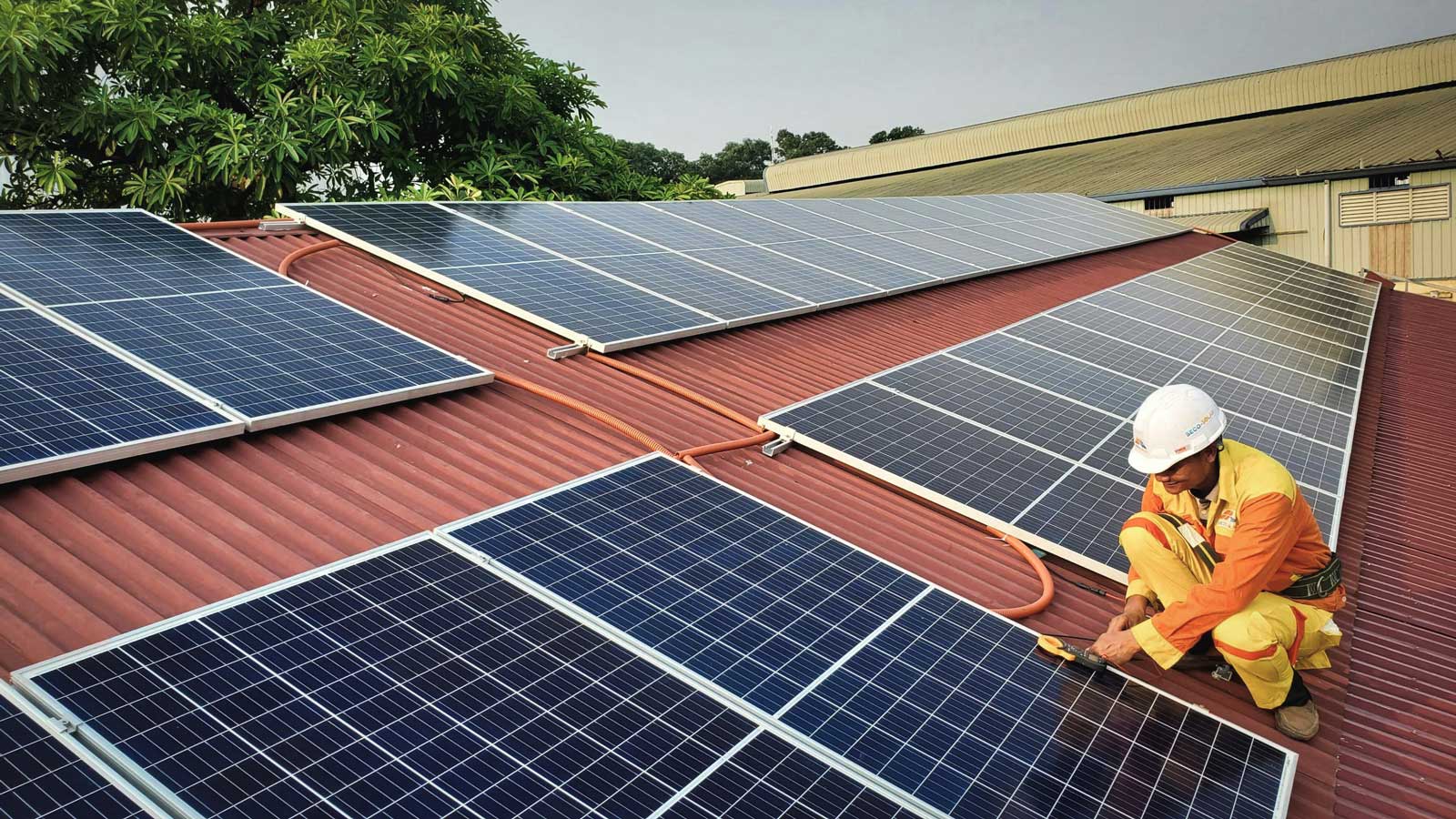Last year, renewable energy became the primary source of electricity in the European Union (EU), accounting for 44.7% of the total electricity production. This significant shift highlights the EU’s commitment to transitioning towards more sustainable energy sources.
Renewable energy sources generated 1.21 million gigawatt-hours (GWh) in 2023, marking an impressive increase of 12.4% compared to 2022. This growth underscores the expanding role of renewables such as wind, solar, and hydropower in the EU’s energy mix.
In contrast, electricity generated from fossil fuels saw a sharp decline. Fossil fuel-based electricity dropped by 19.7% from the previous year, contributing 0.88 million GWh or 32.5% of the total electricity production. This decrease reflects the EU’s efforts to reduce its reliance on coal, oil, and natural gas, which are major contributors to greenhouse gas emissions.
Nuclear power plants in the EU produced 0.62 million GWh of electricity last year, accounting for 22.8% of the total energy production. This represents a modest increase of 1.2% from 2022, indicating stable reliance on nuclear energy as a low-carbon power source.
The supply of renewable energy in 2023 increased by 4.4% compared to 2022, reaching approximately 10.9 million terajoules (TJ). This rise in renewable energy supply is part of the EU’s broader strategy to enhance energy security and sustainability.
On the other hand, the supply of natural gas in the EU fell to 12.8 million terajoules (TJ) in 2023, a decline of 7.4% compared to 2022. This reduction marks the lowest level of natural gas supply since 1995, reflecting ongoing efforts to reduce dependence on this fossil fuel.
Coal supplies experienced even more severe reductions. The supply of brown coal dropped by 24.2% to 222,840 million tonnes, while hard coal supply decreased by 20.4% to 130,437 million tonnes. Both figures represent the lowest levels since data collection began, highlighting the EU’s significant shift away from coal.
Regarding oil and petroleum products, the supply decreased by 1.5% last year compared to 2022. This modest decline indicates a continued, albeit slower, reduction in the use of oil products within the EU.
These trends illustrate the EU’s progress towards a more sustainable energy future, with renewable energy sources increasingly replacing fossil fuels and nuclear energy maintaining a steady share in the energy mix.





